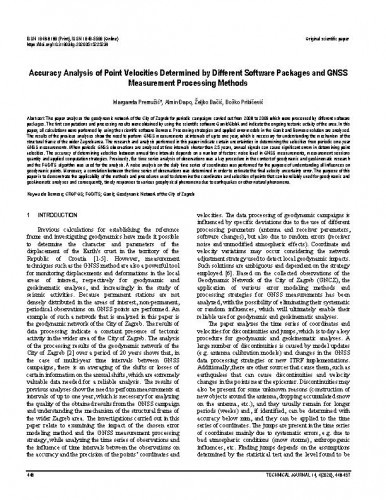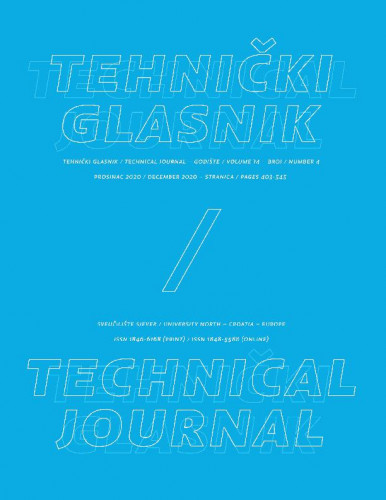The paper analyzes the geodynamic network of the City of Zagreb for periodic campaigns carried out from 2006 to 2009 which were processed by different software packages. The first computations and processing results were obtained by using the scientific software Gamit/Globk and indicate the ongoing tectonic activity of the area. In this paper, all calculations were performed by using the scientific software Bernese. Processing strategies and applied error models in the Gamit and Bernese solution are analyzed. The results of the previous analyses show the need to perform GNSS measurements at intervals of up to one year, which is necessary for understanding the mechanism of the structural frame of the wider Zagreb area. The research and analysis performed in this paper indicate certain uncertainties in determining the velocities from periodic one-year GNSS measurements. When periodic GNSS observations are analyzed at time intervals shorter than 2.5 years, annual signals can cause significant errors in determining point velocities. The accuracy of determining velocities between annual time intervals depends on a number of factors: noise level in GNSS measurements, measurement sessions quantity and applied computation strategies. Previously, the time series analysis of observations was a key procedure in the context of geodynamic and geokinematic research and the FODITS algorithm was used for the analysis. A noise analysis on the daily time series of coordinates was performed for the purpose of understanding all influences on geodynamic points. Moreover, a correlation between the time series of observations was determined in order to estimate the final velocity uncertainty error.
Sažetak

 Tehnički glasnik : 14,4(2020) / glavni urednik, editor-in-chief Milan Kljajin.
Tehnički glasnik : 14,4(2020) / glavni urednik, editor-in-chief Milan Kljajin.